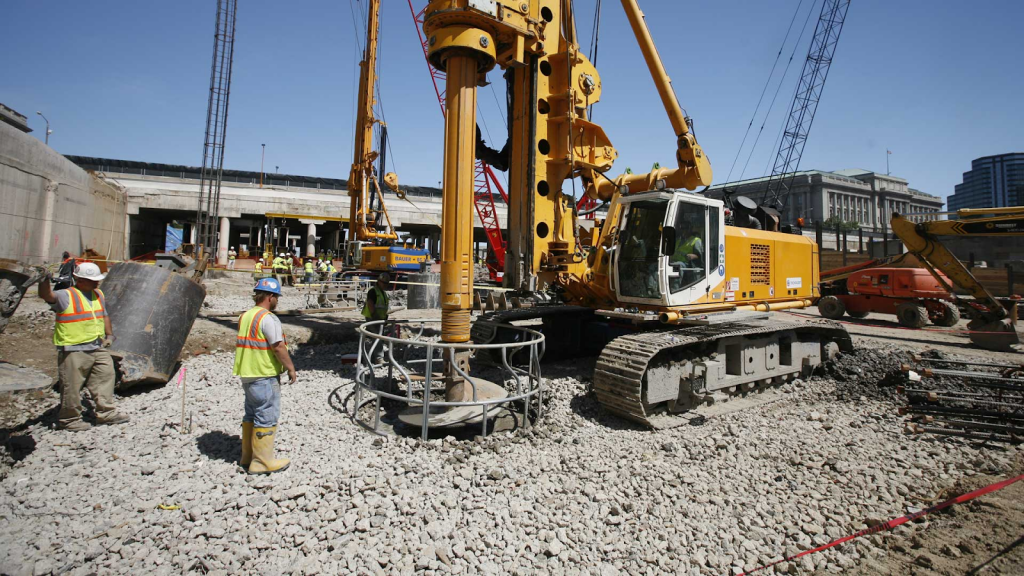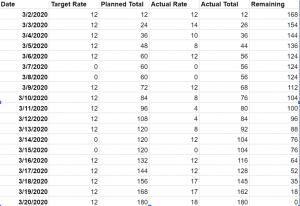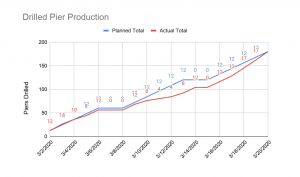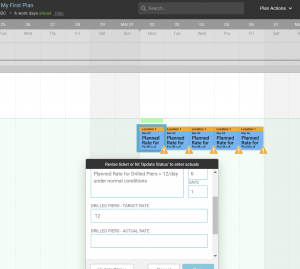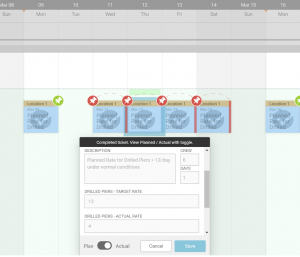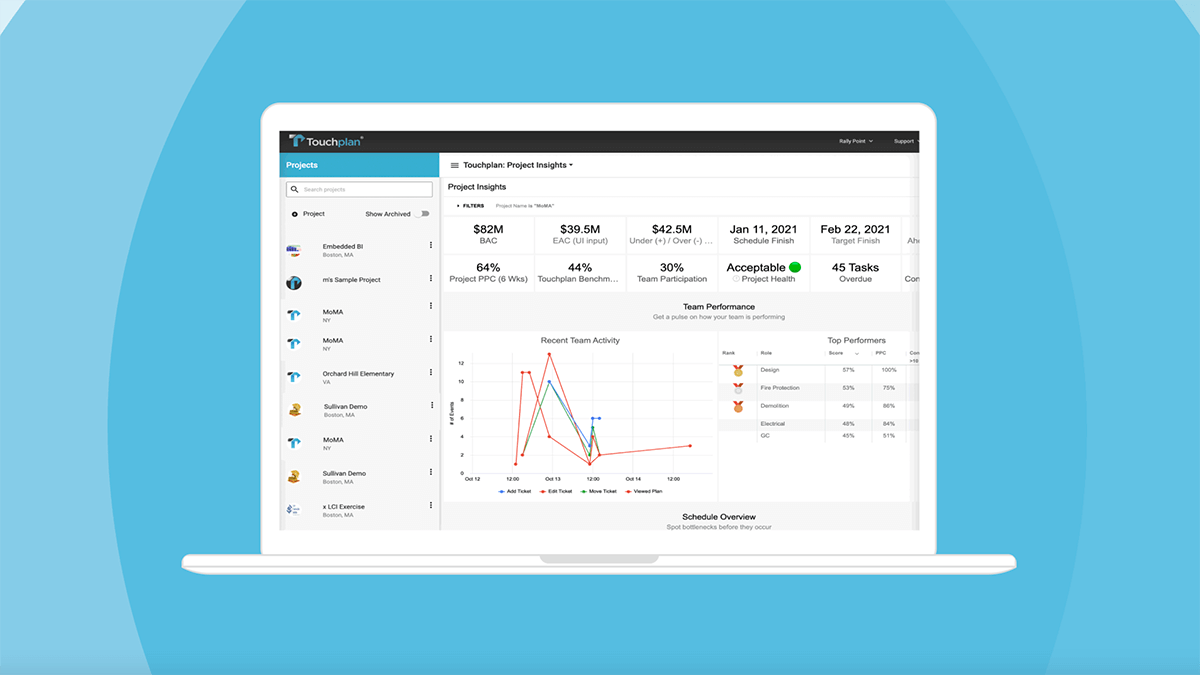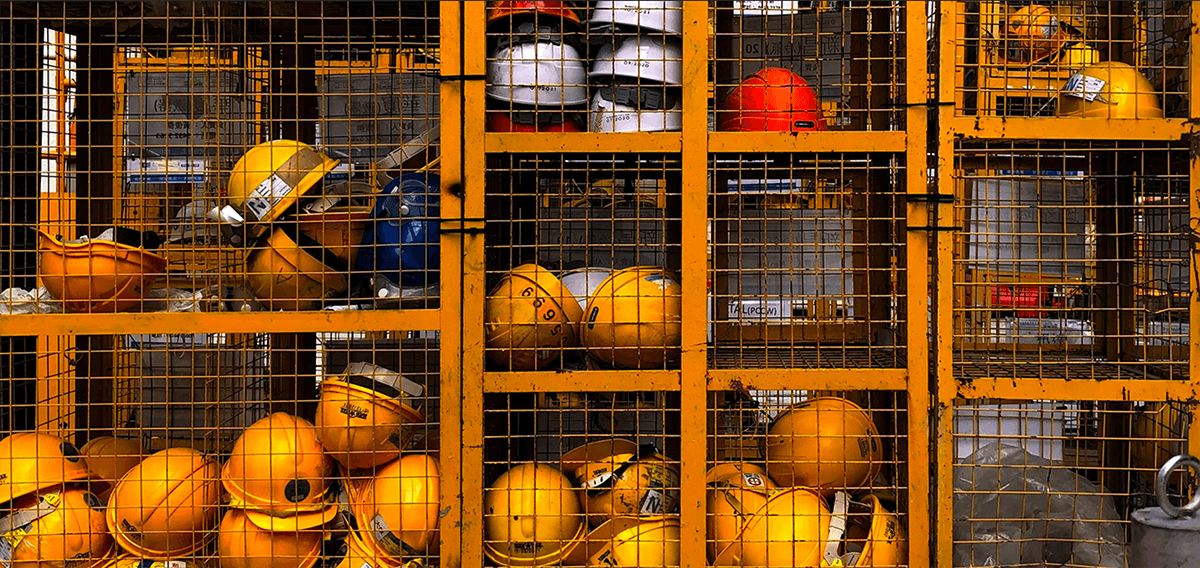It’s a new year for the National Association of Women in Construction. Looking ahead, many members within NAWIC are feeling optimistic about what 2021 will be like for the construction industry as the entire world seeks a glimpse of a post-COVID future.
NAWIC’s President, Anne Pfleger, took some time to reflect on 2020’s challenges and joins in that positive sentiment, noting that every obstacle in 2020 has provided a new opportunity for growth in 2021. With a renewed outlook on the association’s mission and the hopes of being able to reach even more construction women this year, Anne is predicting a bright 2021 for NAWIC.
Everyone within NAWIC is very familiar with you, but for any construction women or industry professionals who are not, can you provide some detail on your background? What motivated you to run for President of the association, and what has your time as President been like so far?
NAWIC has been an important part of my professional and personal life. Professionally, NAWIC has given me tools to not only benefit my career, but to be a better employee even with 25 years of experience in the construction/transportation industries. Currently, my daily role at Charles Construction Services, a medium-sized general contractor, is within the estimating, safety, IT, and HR departments.
In 2014, I had the opportunity to be elected as the North Central Region Director by my NAWIC peers to be their voice and support on the National Board. Serving in that capacity, I quickly discovered that the impact that was made in the Region could be continued as I moved forward on the national board as an Officer. Being elected National President reaffirmed that my voice and support for construction women in the industry was heard and will continue to be heard.
The pandemic has been the biggest challenge this year as NAWIC President. Normal is no longer normal. Each state had different rules and regulations—which did not make it easy for any NAWIC member. The NAWIC board supported the idea of meeting more frequently to continue to give our NAWIC members the tools and support to enhance their success.
The pandemic has also opened more doors for me as a leader. Being able to virtually attend chapter meetings that I may not have been able to visit physically. One of my goals this year is to attend every chapter virtually. It has been amazing connecting more with NAWIC members, industry partners/associations and companies to hear how NAWIC and our members continue to make an impact in the construction industry.
2020 was quite the year – how did you see the association and construction women in the chapters come together to overcome all of the disruptions brought on by COVID-19?
Many chapters, and those involved on the National level, have banded together to stay connected virtually to continue to strengthen and amplify the success of construction women. NAWIC members are not only fortunate to have the resource and support of other NAWIC members, we are receiving more resources and support from other companies and associations who want to be a part of construction women making an impact and influencing the direction of the construction industry.
What were the biggest issues that COVID-19 caused for the construction industry in your opinion?
The construction industry is fortunate that we are considered essential. While the country has been on lockdown, construction has been mostly continuing. The impact we are seeing right now is that companies are having to cut excess overhead to pay for the cost of implementing safety measures. My concern is that we have not really seen the impact of the economy on our industry. It could be a couple of years before we see the complete picture. What we have to do now is take measures and create contingency plans to ensure that we can continue to thrive and make a difference when the full impact affects the construction industry.
A lot of people will be happy to see 2020 end and 2021 begin – what are your expectations for NAWIC in the new year? Are there any big projects that are in the works?
In 2021, I expect that working from home will be the new normal and more technology will be integrated into our daily routines. Connecting virtually will provide considerably more opportunities both professionally and personally for many, including construction women.
NAWIC, specifically, is refocusing on our marketing and branding initiative. NAWIC will no longer be regarded as the “best-kept secret” for women in the construction industry. Our marketing and branding initiative to get the word out about NAWIC is making an impact not only with our members but within the entire construction industry.
We’ve currently welcomed 2 new chapters and are organizing several more. Refocusing our marketing and branding has made a huge impact on how NAWIC is seen, more construction women are wanting to be a part of our association that provides opportunities to grow professionally and personally.
NAWIC continuously focuses on our strategic plan. The National Board, past and current, have worked tirelessly to make necessary changes and updates to keep NAWIC relevant and impactful in today’s world and for future generations of construction women.
Now, more than ever, NAWIC members from all levels are taking part in obtaining our goals and strategies because they see how much the National Board values their insight and ideas. Some of the ways they are seeing this is through our open-door policy. This policy allows any member to submit a written proposal for the Board to consider. Our National Board is communicating more and being more transparent by holding monthly Board meetings that members can attend in audit capacity. All of our Board summary of actions are given monthly and are more detailed, and periodic townhalls are held for members to have more communication with the National Board.
There are several NAWIC annual events that are near and dear to all members – WIC week being one of them and the Annual Conference being another. Do you foresee these events being mostly virtual again this year? Are there any details you can tell members about events in 2021?
NAWIC annual events are being looked at day by day with the different state regulations that are in place. Women in Construction week (March 7-13, 2021) celebrations are being planned virtually and in person depending on each local area’s situation.
Our region-specific Fall Conferences were virtual with one being a hybrid event where some attendees were virtual and some were there in-person. We are hoping that the Spring Forums can be conducted in person.
NAWIC Annual Conference is slated to be held in person in Charlotte, NC in August 2021. Currently we are finalizing a virtual component to have the opening and closing keynotes, general sessions, and annual business meeting live streamed and recorded. If the Annual Conference is able to happen in-person, this virtual component will provide an opportunity for some NAWIC members to attend at least part of Annual Conference if they aren’t able to attend in person.
What do you hope NAWIC members take from the lessons learned in 2020?
My hope is that everyone realizes that the pandemic affects people differently and to be cognizant of what others are going through. Also, even though we have virtual meeting fatigue, connecting virtually provides the opportunity to expand your network nationally.
How do you see NAWIC changing in 2021?
NAWIC is on the cusp of being identified as THE resource for female leadership with members being recognized for their expertise and commitment to the construction industry. The direction we are taking to be a more inclusive, transparent, professional, and relevant association will take us where we want to go in 2021 and beyond.
What is the best part about being involved with NAWIC? And what would you say to any construction women deciding whether or not to join?
The diversity and connection with members and the industry is the best part of being involved with NAWIC. I don’t know any other association that brings together women from all different careers such as trades, managers, assistants, attorneys, architects, suppliers, insurance brokers, engineers, estimators – just to name a few – to make an impact on their lives, others’ lives, and the whole construction industry.
For construction women who are considering joining NAWIC I would say, “You can do and be anything you want! If you have a dream or idea that feels a little risky; interpret the risk as an indicator that you’re on to something important, not necessarily something dangerous. Also don’t be afraid to fail because failure is another step to success. NAWIC and its members are the vehicle to obtain your dream by providing the resources, tools, and support in a safe environment to get you where you want to be.”
Now more than ever we must come continue to CONNECT and communicate COLLABORATIVELY, to have the conversations to CONSTRUCT the best course of action for NAWIC, its members, and our industry.
The National Association of Women in Construction has over 115 chapters across the United States. With membership open to all construction women, NAWIC is able to connect members with amazing resources to help them gain confidence in their abilities and develop more leadership skills. Any construction women interested in applying for members can either use the online form or downloadable application to fill out and mail in, both available on the NAWIC website. There are also several membership options available for flexible pricing and membership terms. To learn more about the unity of construction women through membership with NAWIC, contact us through our social media pages, our website, or use our “find a NAWIC chapter near you” tool.
This post originally appeared on NAWIC’s website on 1/7/21. Read it here
